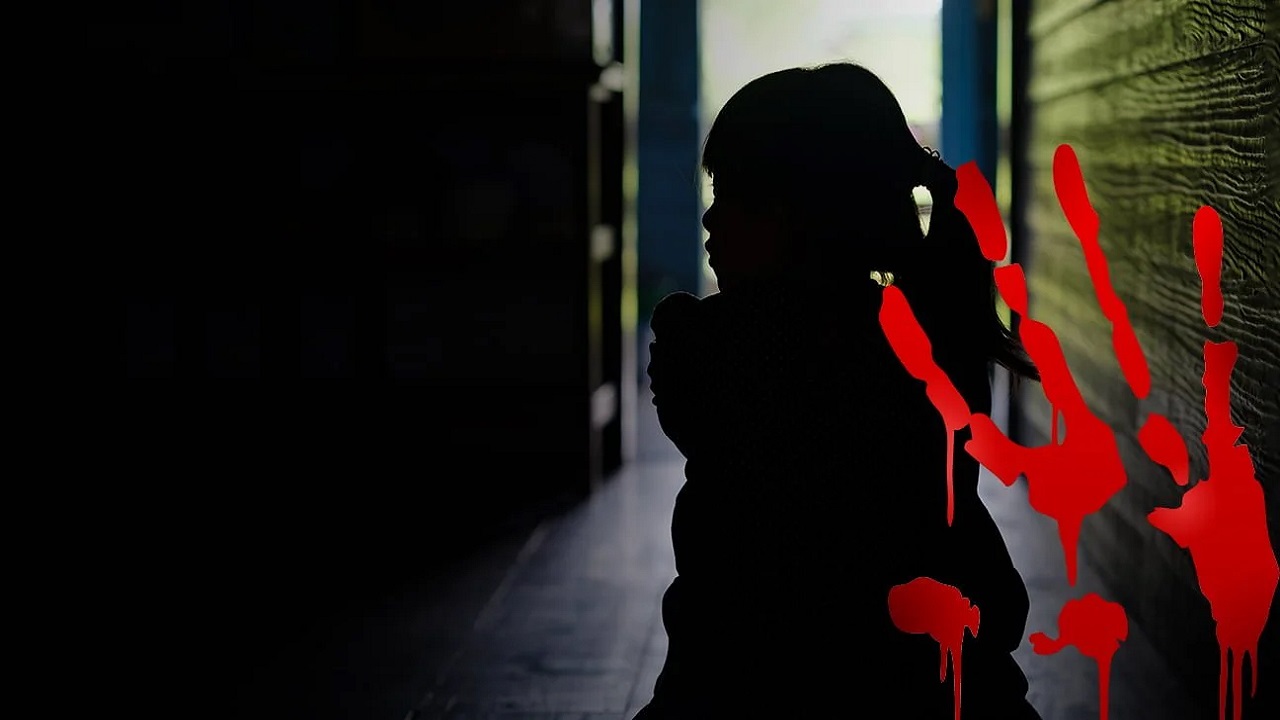Protecting or Penalising? Supreme Court’s Reflection on POCSO
Context:
The Supreme Court of India recently delivered a significant judgment relating to adolescent privacy and justice under the Protection of Children from Sexual Offences (POCSO) Act, 2012. It refused to impose a sentence on a man convicted of aggravated penetrative sexual assault, considering the victim’s emotional, social, and economic circumstances. The verdict reignited the debate on the intersection of adolescent relationships and rigid child protection laws.
Introduction:
The POCSO Act, 2012 was enacted to ensure the protection of children under 18 from sexual offences and exploitation. However, it criminalises all sexual activity involving minors, including consensual acts between adolescents, without acknowledging their agency or intent. The recent case before the Supreme Court brought attention to the legal, social, and psychological consequences of such a framework in real-life adolescent relationships.
About the POCSO Act
-
The Act defines a child as any person below 18 years of age.
-
It makes all sexual acts with minors criminal, regardless of consent.
-
Section 6 of the Act deals with aggravated penetrative sexual assault, prescribing a minimum punishment of 20 years, extendable to life imprisonment or death.
-
The law does not differentiate between exploitative and non-exploitative consensual acts involving adolescents.
-
The World Health Organization defines adolescence as the age group 10 to 19 years.
-
The Act treats adolescents aged 16 to 18 years the same as younger children, with no exception for consensual relationships.
Details of the Case
-
A 14-year-old girl from rural West Bengal left home to live with a 25-year-old man.
-
They later married and had a child when she was 17.
-
The man was arrested and convicted of kidnapping, rape, child marriage, and aggravated penetrative sexual assault under POCSO.
-
A POCSO Special Court sentenced him to 20 years’ imprisonment.
-
The High Court, observing the couple’s socio-economic background, reversed the conviction to ensure complete justice.
-
However, controversial remarks made during the hearing led to public outrage, prompting the Supreme Court to take suo motu cognisance.
Supreme Court Proceedings and Final Verdict
-
The Court initially restored the conviction and rejected terms like “non-exploitative sexual acts” and the idea of “older adolescents”.
-
It directed the formation of a committee including a clinical psychologist, social scientist, and child welfare officer to assess the victim’s wishes.
-
The committee report and court interaction revealed the emotional and financial toll of prolonged legal proceedings on the victim and family.
-
The Court observed a “collective failure of systems”, with the girl left unsupported by state, family, or community.
-
Exercising its powers under Article 142 of the Constitution, the Court chose not to impose a sentence on the accused, stating that sending him to jail would harm the victim further.
-
Article 142 allows the Supreme Court to pass any order necessary to do complete justice in any matter before it.
Key Challenges Highlighted
-
The Act's strict structure overlooks real-life adolescent relationships, especially consensual acts among those aged 16 to 18 years.
-
International human rights law, including General Comment No. 20 of the UN Committee on the Rights of the Child, advises states to avoid criminalising consensual, non-exploitative acts among adolescents.
-
India ratified the UN Convention on the Rights of the Child (UNCRC) in 1992, which supports this principle.
-
Both High Court and Supreme Court barred their rulings from being treated as precedent, reflecting the judiciary’s discomfort in institutionalising such exceptions.
-
Empirical data suggests such cases are common, not exceptional.
-
A study of 7,064 POCSO judgments in three states between 2016 and 2020 showed that 24.3% involved romantic relationships, and 82% of victims refused to testify against the accused.
-
Another analysis of 264 cases under Section 6 revealed 25.4% involved consensual relationships.
-
Scientific studies affirm that sexual exploration is a normal aspect of adolescent development.
-
The case shows that in some instances, the legal process itself becomes traumatic, rather than the act being prosecuted.
-
The Court acknowledged a “total failure of legal, family, and social systems”, highlighting the structural flaws in adolescent protection mechanisms.
Conclusion:
The case underscores the urgent need for structural reforms in the POCSO framework, especially in recognising the reality of consensual adolescent relationships. Legal provisions must be aligned with psychological development, global human rights standards, and India’s international obligations. The focus should shift towards a supportive, rights-based approach that protects children while respecting their agency and dignity. Reforms must ensure that justice is not only legal but humane, and that laws meant to protect do not end up punishing the vulnerable.



.jpg)
Comments (0)